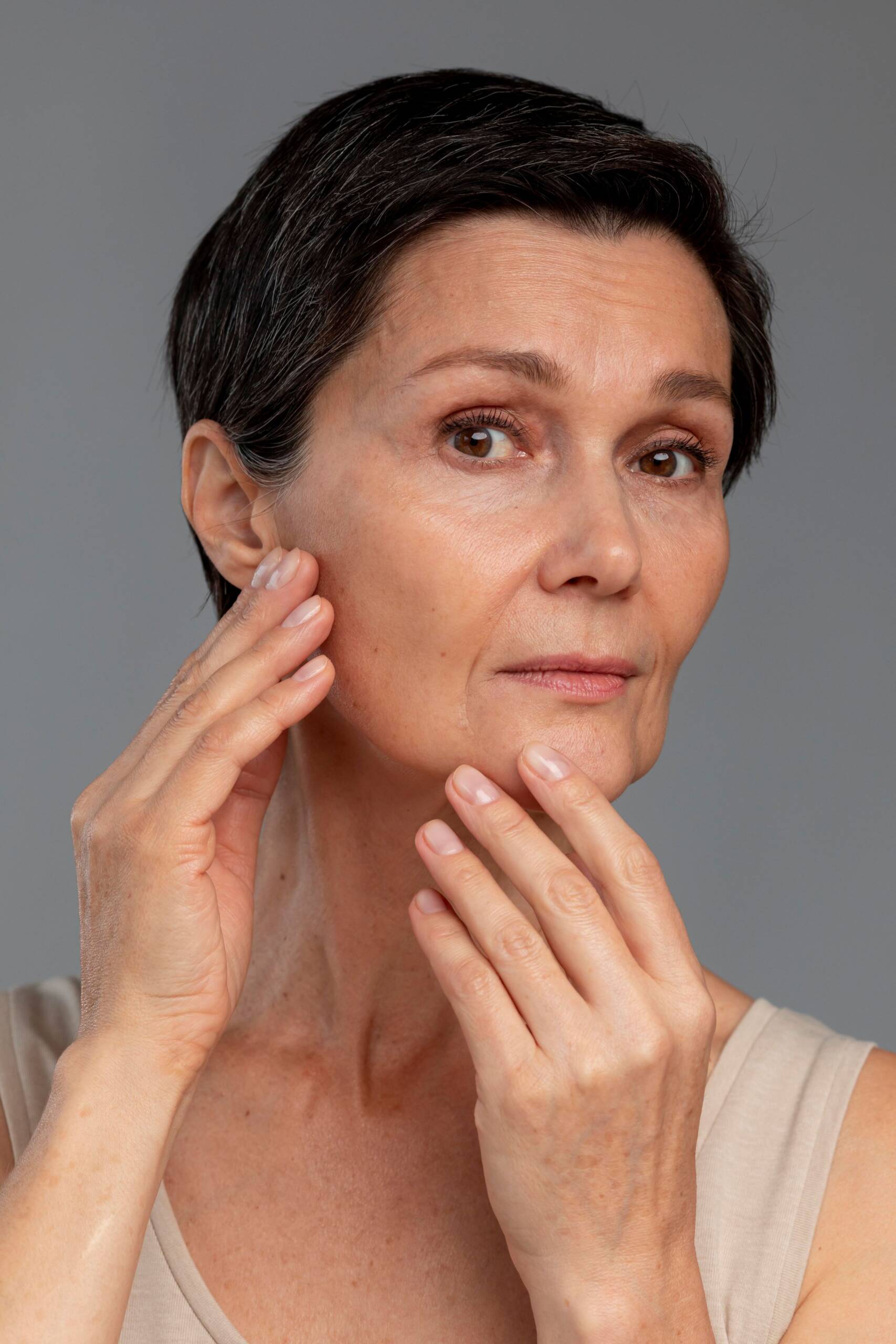How to Safely Make High-Quality Colloidal Silver at Home
Let’s face it—colloidal silver sounds mysterious at first. But it has been used for centuries, long before modern antibiotics ever existed. Ancient cultures knew that silver had natural cleansing properties, and many people today still rely on it to support immunity, soothe the respiratory system, clean small wounds, and even help pets heal.
That’s why more and more people are learning how to make their own colloidal silver at home. With the right setup and careful guidance, it’s easier than you might think. Devices like Frequency Healing have made home production more accessible, giving you full control over quality and safety.
What Is Colloidal Silver? And How Is It Different from Ionic or Nano Silver?
Colloidal silver is water with tiny silver particles floating in it. These particles don’t dissolve—they stay suspended, like dust in the air. Ionic silver is different. It’s made of silver ions that dissolve in water. It looks clear but is less stable and can irritate the body more easily. Colloidal silver is safer and more stable. Most “nano silver” sold today is actually just ionic silver.
How to tell the difference?
Use a red laser pointer. Shine it through the liquid in a dark room. If you see a red beam, it means silver particles are there—this is called the Tyndall effect. No beam usually means there are no particles, just ions.

How to Make High-Quality Colloidal Silver with Frequency Healing
Making colloidal silver at home is simple—but if you want a high-quality product with small particles and clear color, the details matter.
We recommend new users follow this full step-by-step guide to get started:
Here are a few key tips to remember:
- Use cold distilled water only. Tap water, filtered water, or boiled water may cause large particles or cloudy results.
- Slower is better. A slower process creates smaller, more stable silver particles.
- Check your silver with a red laser pointer. If you shine it through the solution and see a visible beam (Tyndall effect), that means your silver particles are suspended correctly.
- Store it right. Use a dark glass bottle. Keep it away from light and heat to preserve quality.
What Other Users Are Doing: Real Stories from the Community
Everyone has their own way of making colloidal silver. Some focus on getting the purest results. Others care more about how it feels when used. Many simply learn by doing—and keep improving along the way.
Here are two stories from our Frequency Healing community that might give you some ideas or at least a bit of confidence.
Hann’s Long-Term Insights and Improvements
Hann has been using Frequency Healing for over 15 years and has made colloidal silver for a long time. Along the way, he found small details that make a big difference.
Here’s what he learned and recommends:
- Use a conical flask instead of a regular glass. Hang the silver rods with a rubber stopper to avoid touching the bottom.
- Keep the rods vertical and well-spaced. This helps avoid short circuits or contact during stirring.
- Choose solid, thick silver rods (like 9AWG) instead of thin, bendy ones. They stay in shape better.
- Avoid plastic wrap or tape structures. Stick to glass and rubber for better stability and safety.
His tips have helped many others in the community, and we’re grateful for his thoughtful support and ongoing feedback.
From Beginner to Confident: Charli’s Experience
Charli is a beginner who made her second batch of colloidal silver—and nailed it! She used a red laser pointer in the dark to check for the Tyndall effect. The beam was clearly visible, showing the particles were evenly suspended and the batch was successful.
What made her process work?
- She used lab-grade distilled water.
- Her run time was 36.5 hours—great for a large batch.
- She used a laser pointer to confirm the result.
- She didn’t have a fancy glass container, but made it work anyway.


Her story shows that even with basic tools, you can still make great colloidal silver—as long as you follow the right steps.
Everyone’s process is different, and that’s okay. What matters is taking the time to learn and try. If you’ve made your own colloidal silver, feel free to share your tips in the comments. Your story might help someone else on their journey.
Conclusion
Making colloidal silver at home is easier than you think. Use the right water, take your time, and follow the steps—you’ll do great. Some people like to fine-tune their setup. Others follow the guide. Both ways are okay. What matters is starting.
We hope you enjoy making your first bottle of high-quality colloidal silver!






